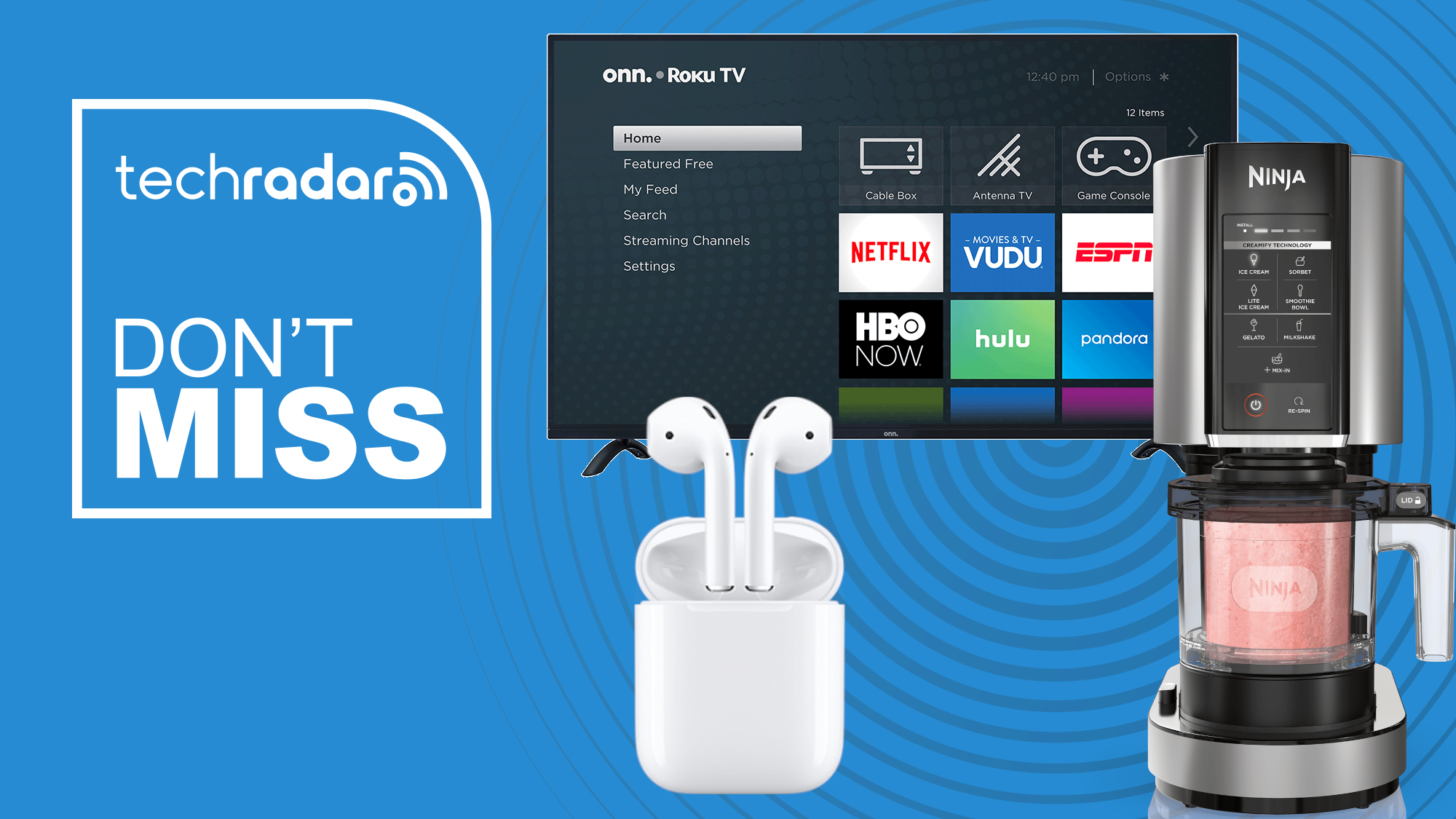Android Circuit: Samsung Confirms New Foldables, Xiaomi's Strong Growth, OnePlus' Alert Sldier Decision
Taking a look back at this week’s news and headlines across the Android world, including Galaxy S25 Edge secrets, Samsung confirms new folding phones, the Pixel 10 Pro’s hidden strength, Google Photos’ new AI tools, OnePlus’ Alert Slider decision, Xiaomi’s strong growth, and Gemma 3n is here.
Android Circuit is here to remind you of a few of the many discussions around Android in the last seven days. You can also read my weekly digest of Apple news here on Forbes.
Detail of the Samsung logo in the window of the Samsung Experience Store on Oxford Street in London ... More (Photo by Olly Curtis/Future via Getty Images)
Future via Getty ImagesWith Samsung’s fashionably thin Galaxy S25 Edge now on sale, the South Korean company continues to market the design and the innovation packed into the 5.8mm deep housing. You have new Gorilla Glass, a two-layer camera housing, a 'hole structure’ in the vapor chamber, and more. But it’s how they all fit together that is key.
"Samsung had to develop a new mounting system for the internal structure of the phone, allowing it to place components with 0.1mm precision. It went through multiple prototypes until the design was just right."
(GSM Arena).
The Galaxy S25 Edge was the fourth handset shown during January’s Galaxy Unpacked event. With its release this week, the decks are cleared for the summer unpacked event, typically reserved for the foldable Z Flip and Z Fold smartphones. Samsung has teased the Flip 7 and Fold 7 this week as part of the One UI 8 beta program:
"In its announcement of the One UI 8 beta program, Samsung has confirmed that its “newest foldables” will be launching “this Summer.” The aligns with prior rumors of an early July launch date, and is the first time the company has confirmed this expected launch window. Samsung adds that the Galaxy Z Fold 7 and Flip 7 will be the first devices to include the stable One UI 8 update, meaning they’ll also likely be among the first, if not the first, devices to run Android 16 out of the box."
(9to5Google).
When they launch later this year, Google will push the new software and capabilities of the Pixel 10 and Pixel 10 Pro smartphones. However, one of the key changes may not be promoted as heavily as the new AI tools announced at the I/O Developer Conference. That change is switching to TSMC for the fabrication of the Tensor Mobile chip for the next three to five years:
"The Pixel 10 and Pixel 10 Pro smartphones will be the first to use Tensor chipsets manufactured by TSMC. The Pixel 6 through Pixel 9 families—all designed by Google—were manufactured by Samsung. Many will be on the lookout for unexpected issues when the chipset is rolled out at scale. It’s worth noting that TSM will switch the Tensor over to its own 3nm process, which will, by its nature, offer more performance with less demand on battery life."
(Forbes).
An update to Google Photos is starting to roll out. Over the next month, the updated app should be available for all. It focuses primarily on editing photos and—perhaps unsurprisingly given Google’s push into mobile AI—leans heavily into the creative assistance offered by AI:
"With this update, Google Photos is expanding the availability of AI-powered automatic framing and text-to-image Reimagine features that debuted on the Pixel 9. The Auto Frame tool, located in the top left of the redesigned editor, suggests different compositions that crop or widen images, using generative AI to fill in any blank spaces. "
(The Verge).
Since the launch of the OnePlus One, the marquee feature has been (with few exceptions) the physical alert slider, allowing you to turn the ringer on, off or vibrate only by touch alone. As part of a push towards recognising AI in the modern smartphone, OnePlus has announced that the Plus Key will replace the alert slider:
“…the Plus Key is a customizable button programmable for various actions like switching sound profiles, launching the camera, initiating translation, or starting recordings. Crucially, the Plus Key also activates AI Plus Mind, a new feature designed to quickly save, catalog, and recall key information found on the screen. This capability marks a major step towards delivering truly personalized AI."
(OnePlus).
Xiaomi has reported strong Q1 2025 figures, with the company showing a 47 percent year year-on-year growth across the board. The smartphone division has seen significant success as well, as it maintains a global third place with a market share of 14.1 percent:
"Xiaomi’s smartphone business saw solid growth, with revenue reaching RMB50.6 billion, up 8.9 percent year-over-year, and a gross profit margin of 12.4 percent. The average selling price of smartphones rose 5.8 percent to RMB1,211, setting a new record. Xiaomi shipped 41.8 million smartphones globally, up 3.0 percent, marking the seventh consecutive quarter of growth."
(Telecom Lead).
Google continues to push ahead with its mobile AI tools. Following a reveal at Google I/O, the latest version of Gemma—an LLM that can run locally on your phone with no external resources required—can be previewed inside Google’s AI Edge Gallery:
"Gemma 3n can handle audio, text, images, and videos, according to Google. Models efficient enough to run offline and without the need for computing in the cloud have gained steam in the AI community in recent years. Not only are they cheaper to use than large models, but they preserve privacy by eliminating the need to transfer data to a remote data center."
(TechCrunch).
Android Circuit rounds up the news from the Android world every weekend here on Forbes. Don’t forget to follow me so you don’t miss any coverage in the future, and of course, read the sister column in Apple Loop! Last week’s Android Circuit can be found here, and if you have any news and links you’d like to see featured in Android Circuit, get in touch!











